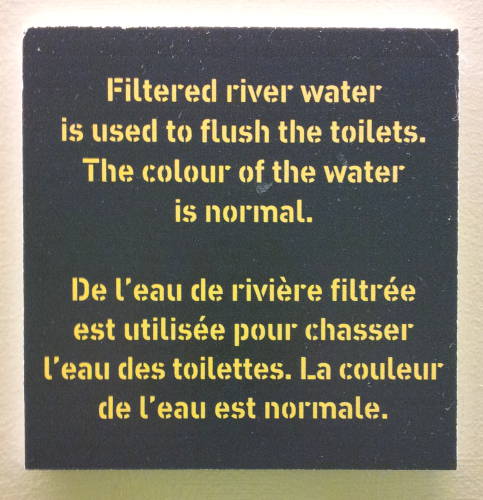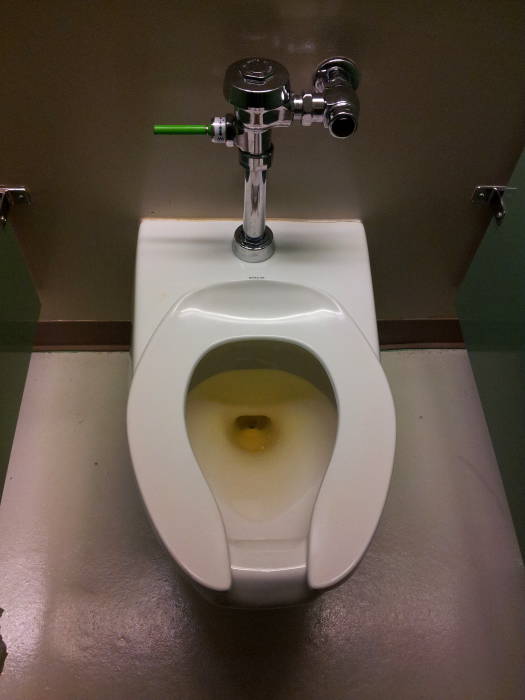
The Surprisingly Non-Metric Washrooms of Canada
What to Call Public Toilets?
What do you call a public toilet?
There is no single correct answer, it varies from one country
to another even when the countries all allegedly speak
"the same English language."
Winston Churchill (and have you seen his
chamber pot?)
once described the U.K. and the U.S. as
"two countries separated by a common language."
Even next-door neighbors like Canada and the U.S. can
be separated by an only partly shared language.
In English-speaking areas of Canada,
"washroom" is used to describe a shared toilet
facility in a public or industrial setting,
while "bathroom" is used for the room
in the house.
You could also use "men's room" or "ladies' room" to
refer to a washroom for just one gender.
"Toilet" is the plumbing fixture you find within those places.
In the Francophone areas, the rooms are
«toilettes»
or
«WC».
Across the border in the U.S., "restroom" is used to describe
a shared public or industrial facility.
As in Canada, "bathroom" usually means the room in a home
or within a hotel room, although it's often used when
asking directions to a public facility that will probably
have a "Restrooms" sign.
"Washroom", to the limited extent it is used in the U.S.,
designates a room where laundry or other washing work is
carried out.
Often that cleaning room is instead called
a "utility room", or a "mud room" especially when it's
an intermediate space between outdoors and the interior
of the home.
Some English-speaking regions are so bold as to simply say
"toilets" when they mean toilets, as in the U.K., Hong Kong,
Singapore, Australia, and New Zealand, although you also
hear the Latin-based "lavatory" in those areas.
Other euphemisms exist.
"Powder room" is an early-to-mid-20th-century term
for a women's public toilet facility.
"The gents' room" and "the ladies' room",
or just "the gents'" and "the ladies'".
Or "the convenience", or "the loo".
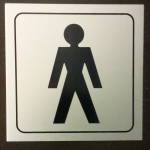
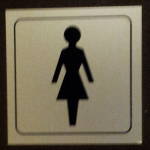
Canada often goes for the more angular stick figure I associate with the U.K. and Europe, but sometimes it uses the international system of rounded parallel sticks.
The worldwide system of rounded stick figures for wordless signs or pictograms comes from Otl Aicher's graphical designs for the 1972 Olympics. Those games might be remembered primarily as the origins of this symbolic language if the games and their graphic design hadn't been overshadowed by the massacre of eleven Israeli athletes and a West German police officer by eight Palestinian terrorists of the Black September group.
Support for both English and French means Braille versions of both!
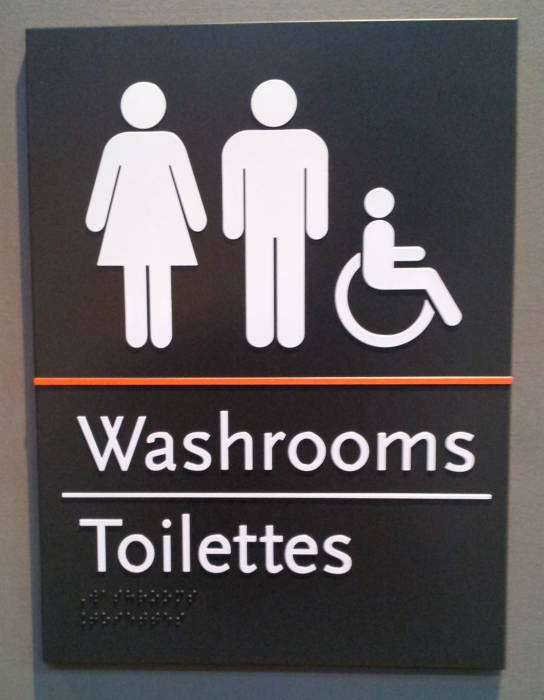
The thing that most surprises me about Canadian plumbing is its non-metric nature!
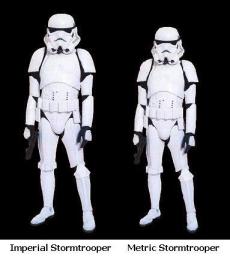
As far as I can tell, everything in Canada is measured in the far more sensible metric system, except for plumbing.
PVC pipe, iron pipe, copper tubing, it's all in abominable inches and fractions. Here's the selection in a hardware store in Ottawa.
The non-metric system that is the standard in the U.S., Myanmar, Liberia, and nowhere else expects you to convert feet into miles by multiplying by 0.00018939393939393939, while remembering that 1.0 (fluid) ounce of water weighs 1.043175539550222 ounce (avoirdupois).
Canada uses the backward Myanmar-U.S.-Liberia measurement system for its plumbing in order to make cross-border trade easier.
Here are some examples from an Ace hardware store in Ottawa.
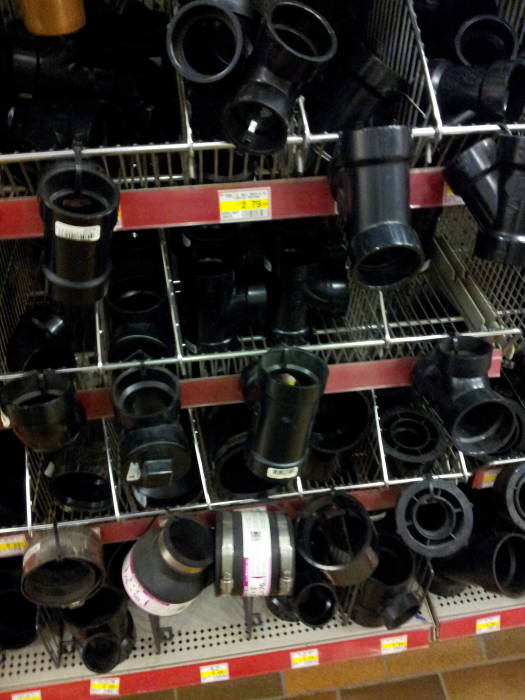
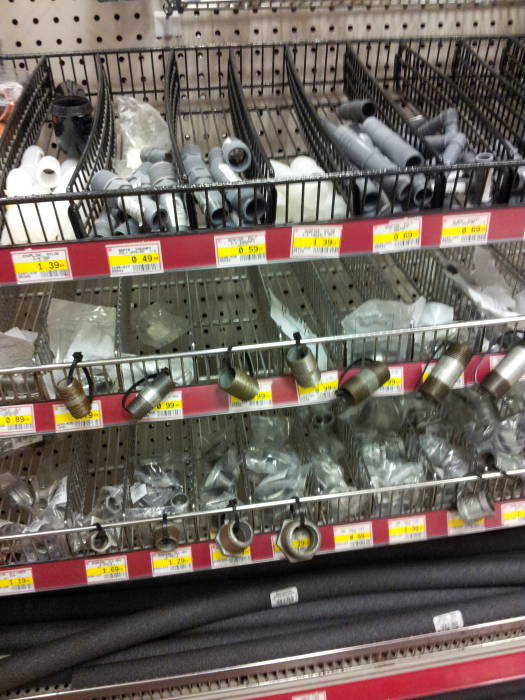
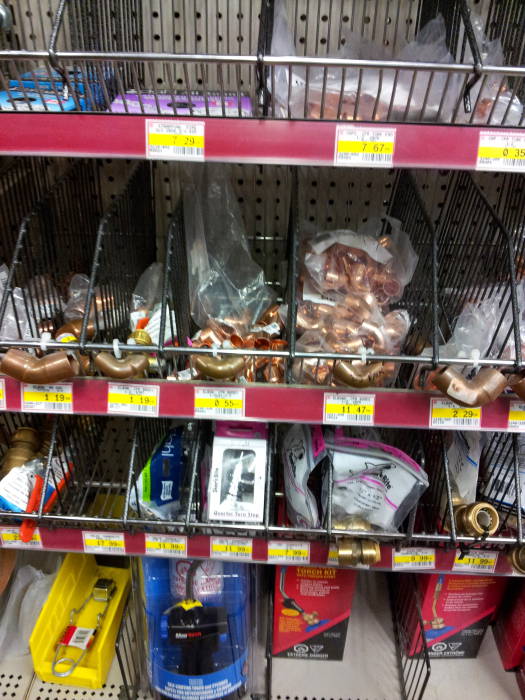
These components in a Canadian Tire store on Dundas Street near the center of downtown Toronto show dual-language labeling and inch-based measurements for copper, polymer, CPVC, and galvanized iron:
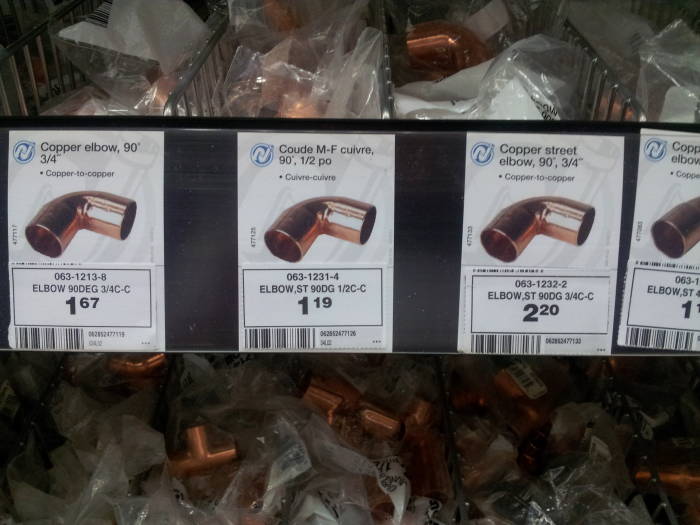
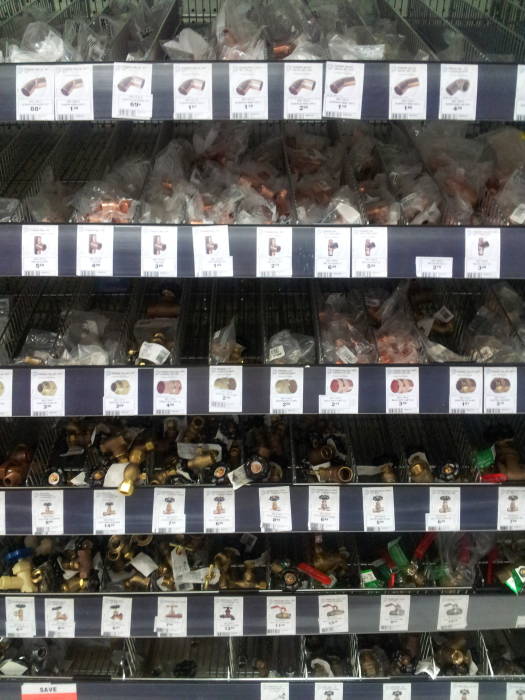
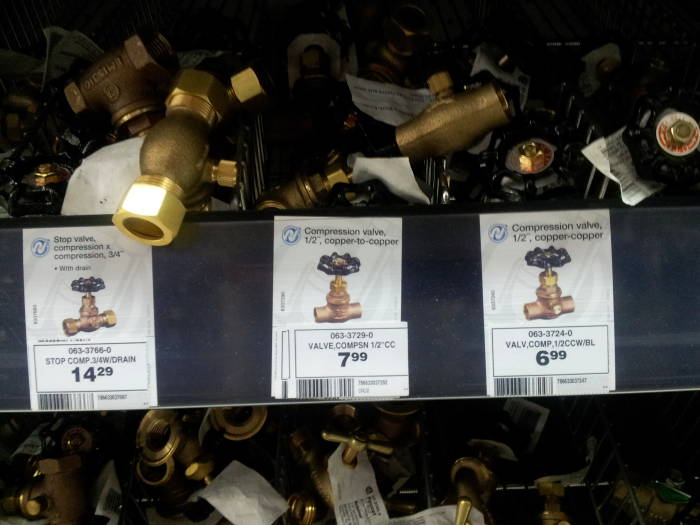
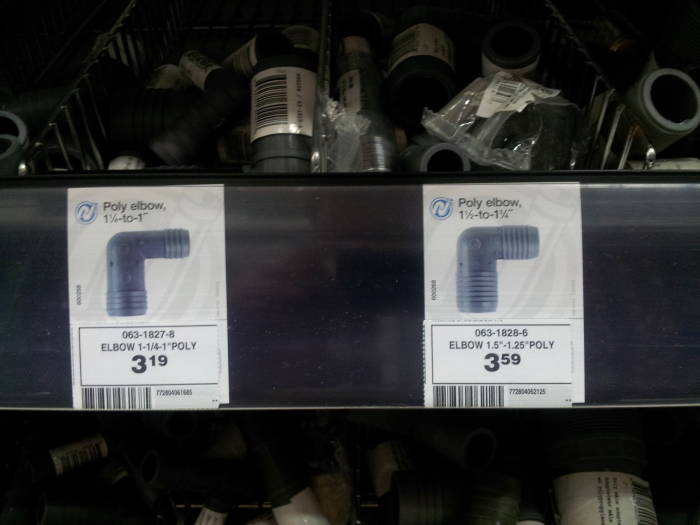
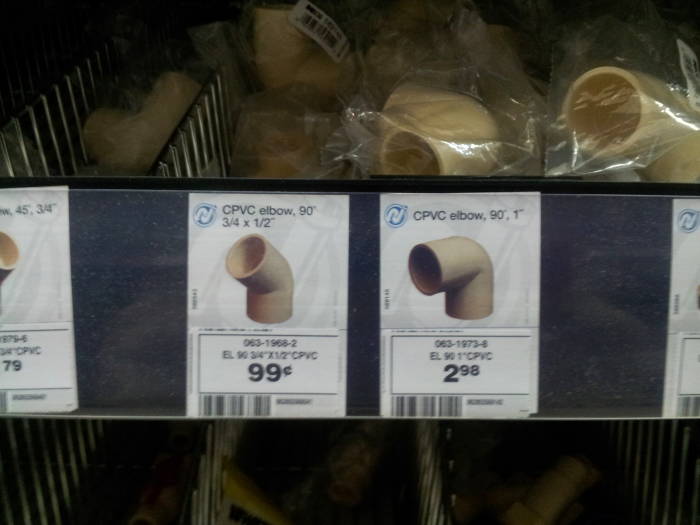
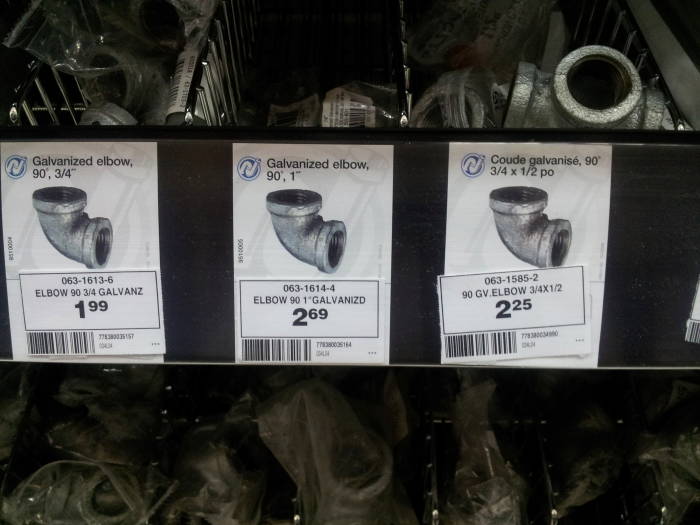
Canadian plumbing is much like what I'm used to in the U.S. When teaching a cybersecurity course in the Bell Canada office tower in Ottawa, I used these facilities.
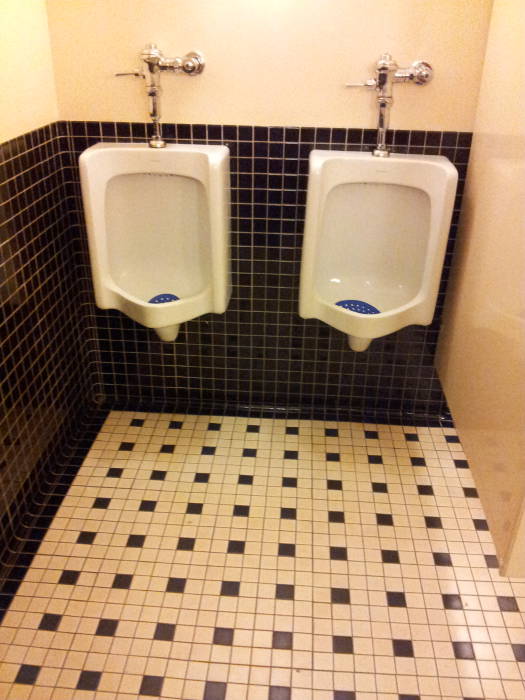
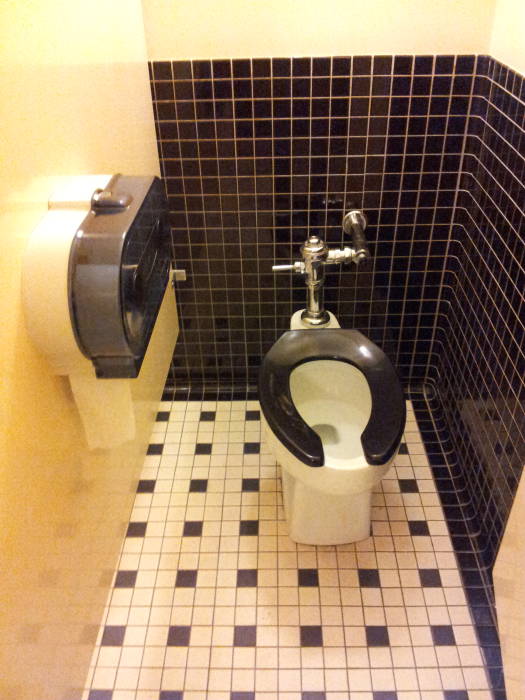
The first set of urinals below is at Darcy McGee's pub at the corner of Elgin and Sparks in Ottawa. Overhead hang newspaper pages with news of hockey and curling.
The second set is in the Parliament building in Ottawa.
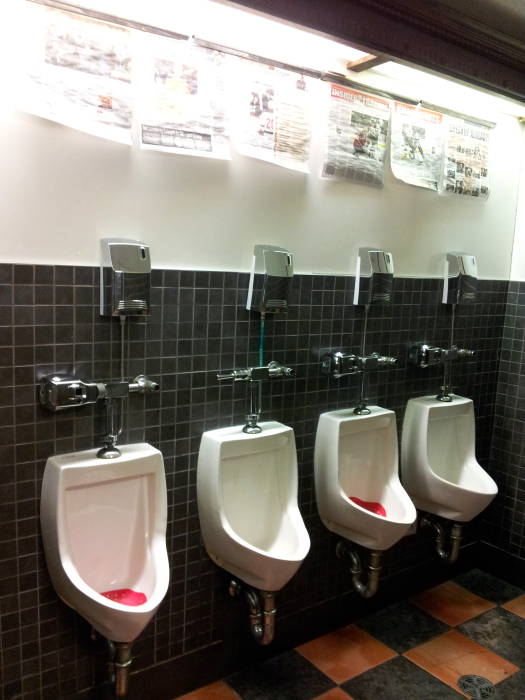
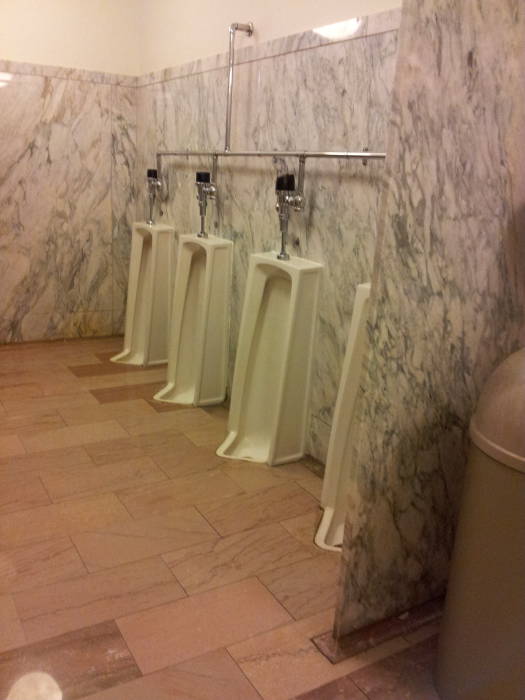
While teaching the cybersecurity course, I stayed at the Lord Elgin hotel. The bathroom (and that is the proper term here as it's a private facility within a hotel room) had this compact stool.
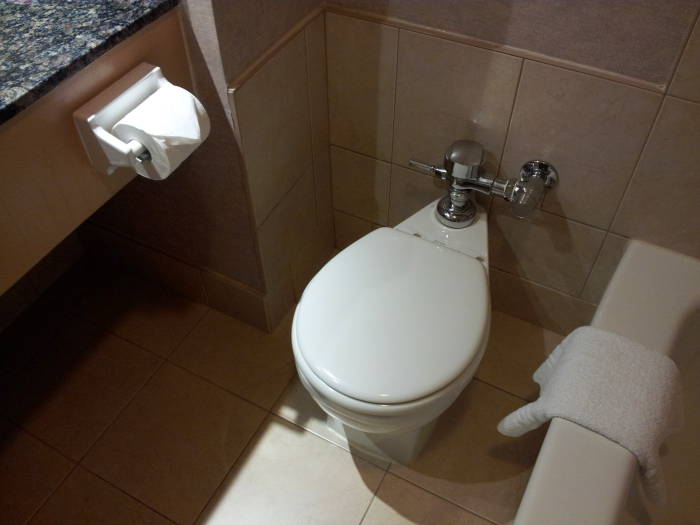
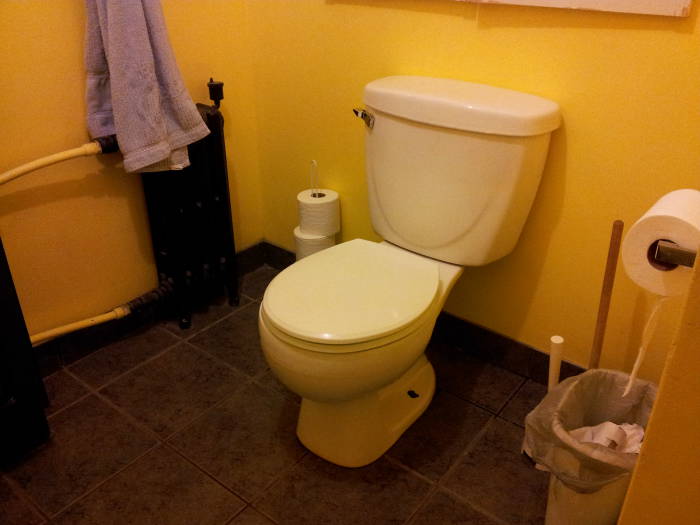
I stayed on for a few days after the course, staying at the Ottawa Backpackers Inn. One of its shared washrooms is shown above. I was shocked to see that they had the toilet paper roll mounted backwards, but it may have been installed by a fellow guest who was visiting from some uncivilized part of the world.
These flushless urinals urinals are at the War Museum in Ottawa.
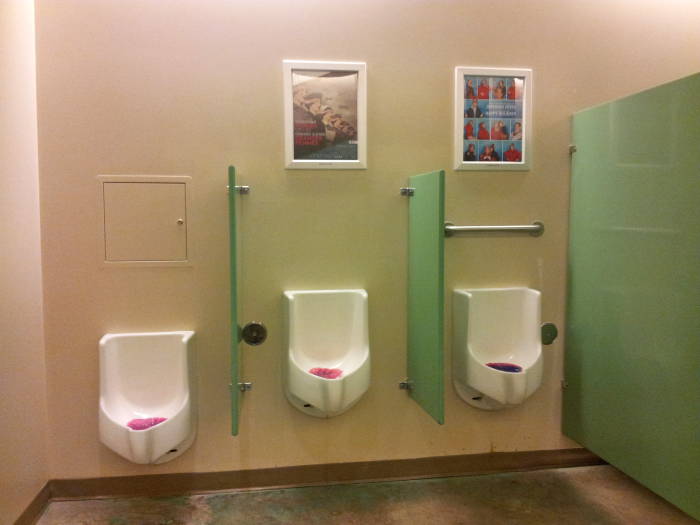
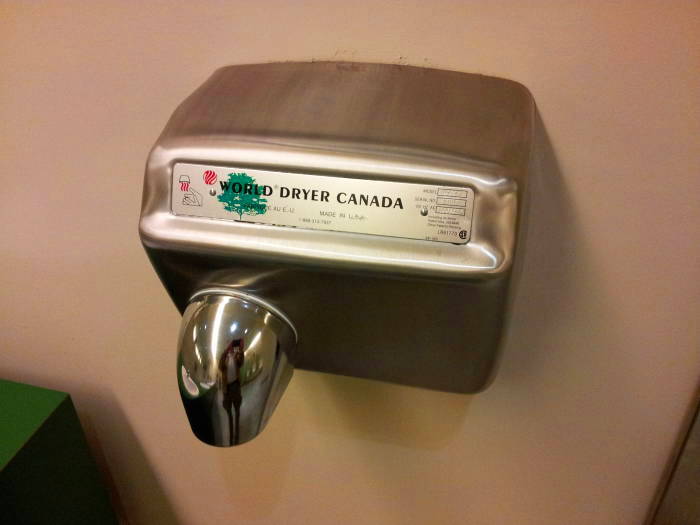
Wait. What does that say on the so-called WORLD DRYER CANADA hand dryer? Made in U.S.A.! What outrageous cultural imperialism! Some U.S. manufacturer claims to speak not only for Canada, but for the entire world!
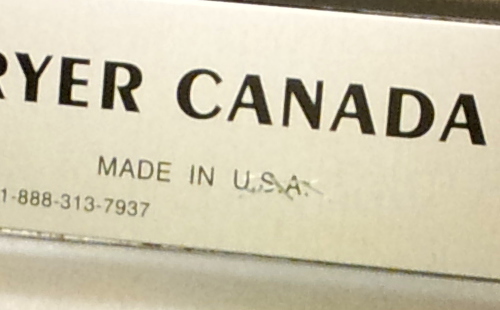
Canada keeps things green by preserving the environment whenever possible. For example, the War Museum in Ottawa uses unfiltered water from the adjacent Ottawa River for flushing. Why not?
